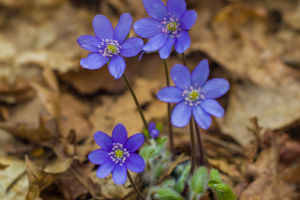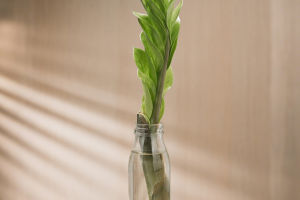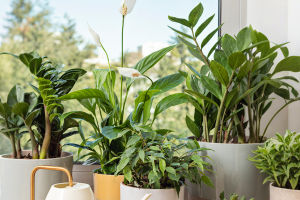Have you ever stopped to wonder how flowers help plants continue their life? Together, let's explore how these colorful wonders actually work.
Flowers are the reproductive parts of many plants, and their main job is to bring together tiny male cells and female cells to create seeds. These seeds are the future plants, helping nature keep going.
How Flowers Make Seeds
We can think of a flower as a special meeting place. It brings together male cells, which come from pollen, and female cells, called eggs. This process starts when pollen lands on the flower's stigma, often carried by wind, insects, or other animals. Once the pollen sticks, it travels down to meet the egg inside. When they join, a seed begins to form. This process is the key to growing new plants.
Why Seeds Matter
Seeds are more than just future plants—they are nature's way of spreading life across places. A single plant can produce many seeds, and each seed can grow into a new plant. This helps plants cover wide areas and survive through different seasons and conditions. Without seeds, plants wouldn't be able to multiply or survive long-term.
What is a Flower Cluster?
When we see many flowers growing together on one plant, this group is called an inflorescence or flower cluster. These clusters can come in many shapes and sizes, from tight bunches to loose sprays. Each flower in the cluster can produce seeds, making the whole cluster a powerhouse of new life.
Pollination: The First Step
Pollination is the first step in seed creation. It happens when pollen moves from the male part of one flower to the female part of another or the same flower. Many insects, like bees, help with this by moving pollen as they collect nectar. Sometimes, the wind does the job. Pollination is essential for seeds to form, so without it, many plants couldn't reproduce.
The Life Cycle of a Flower
After pollination, fertilization occurs inside the flower. This leads to seed development and eventually the flower fades. The seeds then spread, through animals, wind, or water, starting the cycle all over again. This natural rhythm keeps plants alive and ecosystems balanced.
Why Should We Care About Flowers?
Besides their beauty, flowers are vital for our environment. They support insects that pollinate other crops we eat and provide food and shelter for many animals. By understanding how flowers reproduce, we appreciate the delicate connections in nature that keep life thriving.
Let's Protect Our Floral Friends
As we learn more about flowers and their role, it's clear how important they are. We can all help by planting native flowers, avoiding harmful chemicals, and protecting natural habitats. By doing so, we support the plants and animals that depend on flowers for survival.
Thanks for joining us on this journey into the world of flowers! If you've ever paused to enjoy a bloom, now you know the amazing story behind it. What's your favorite flower? Let's share and keep celebrating nature's little miracles together!


